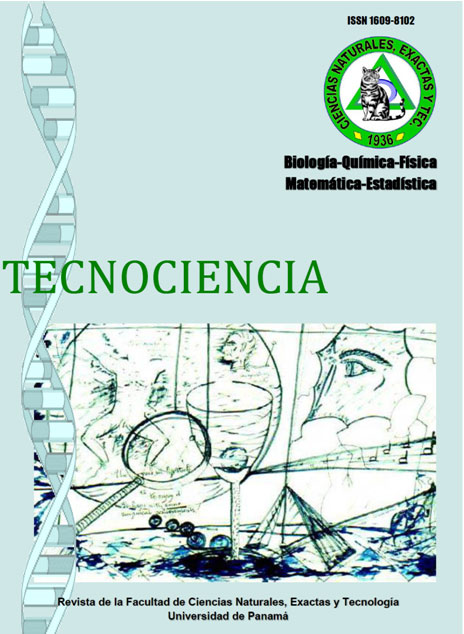

Through observers on board of artisanal fishing boat operating in Gulf of Chiriqui, was evaluated the incidence of the vertical lines, superficial and weighted long lines as well as gill nets on sea turtles. It was determined that the surface and weighted longlines, as well as the gill nets capture sea turtles in the Coiba National Park. The former fished within the park, the later outside of it. The highest values of by-catch occurred with the surface and weighted longlines, followed by gills and the vertical lines which did not captured sea turtles. longlines catched individuals belonging to the species Chelonia mydas agassizii and Lepidochelys olivacea. Gill nets catched Eretmochelys imbricate. This species associates with estuaries and mangroves, and it is in critical danger. In non-protected areas, the use of longlines and gill nets, it is not regulated, so the Coiba National Park is the only area in the Gulf of Chiriqui, where these gears cannot be used. Here is limited use of the superficial longline in a north sector of the park. This situation makes the Park one of the few places where, with a good monitoring policy, could protect the species of sea turtles. The capture of the hawksbill turtle in mangrove areas and estuaries is a call to attention on the need to eliminate the use of gill nets in these ecosystems. This is important not just for the survival of sea turtles but, but because large numbers of immature fish of high-commercial value, such as croakers and snappers are captured.